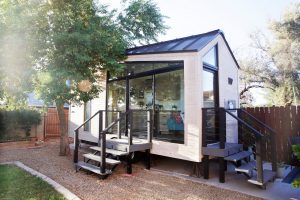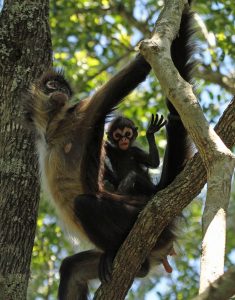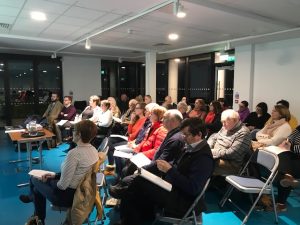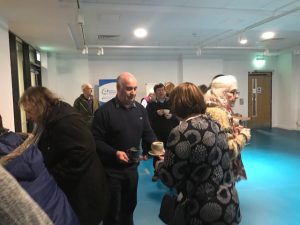Planet Earth 2 – Jungles – Sophie Gregson
Planet Earth 2 – Jungles
Guest Blog by: Sophie Gregson
Jungles cover less than six percentage of the earth’s surface, but they are home to half of all the plants and animals on land. They receive just the right amount of light, water and nutrients and have every day for millennia. Life here in these edens should be easy…

Indri are primates that call the forests of Madagascar its home, to survive here it faces one major challenge: over population. Every species here is competing with one another for food and space which is very limited, this jungle is the most competitive place on earth. If they wish to survive they must adapt in order to compete with their surroundings, this is extremely similar with mankind. Mankind also has a major problem with overcrowding with more and more houses having to be built in order to support the fast growing population, land is becoming less and less available with this in mind many people have decided to adapt to this. The tiny home movement is one that I definitely support, these homes don’t exceed five hundred square feet but contain all the necessary equipment for day to day life. They are also eco friendly and built to live off the grid not to mention they are absolutely beautifully crafted. Demand is simply so high for certain products that small farmers could no longer keep up, they either had to sell their land to bigger companies or completely change their way of farming to mass production. Just like the animals, humans have had to adapt the way they live the way they produce food in order to survive.

Spider monkeys live together in groups, they spend their whole lives in the tops of the trees. Once the young are born they must learn to climb to the highest points in order to search for food. They must learn to use their tail as a safety net which can be difficult as well as deadly, one bad move and it could be certain death. The family will show the young how to climb, the brother and sisters will teach the younger ones how to use their tail using play while dad keeps a close eye. As the young practices and travels throughout the forest the dad is always close by and watching to ensure they are safe, if they ever do run into trouble dad is always on hand to help. Just like humans the spider monkeys demonstrate a parental bond with their young, a sense of responsibiliy to ensure their safety while they learn and grow. Just like the spider monkeys, human families will teach their young skills through play, using games to teach shapes and numbers isn’t much different from the spider monkeys using chase and tug with their tails to demonstrate how it must be used. These skills are a necessity in life and key to their survival.

Many problems we face in the human world animals also struggle with. In both the animal kingdom and the human world over crowding is a massive problem, the fight for space and resources is something that we on earth, both animal and human, will always have to face. With more and more being born everyday the world just seems to be getting smaller and smaller, almost like we’ve out grown our planet but we’ve no where to go…


















